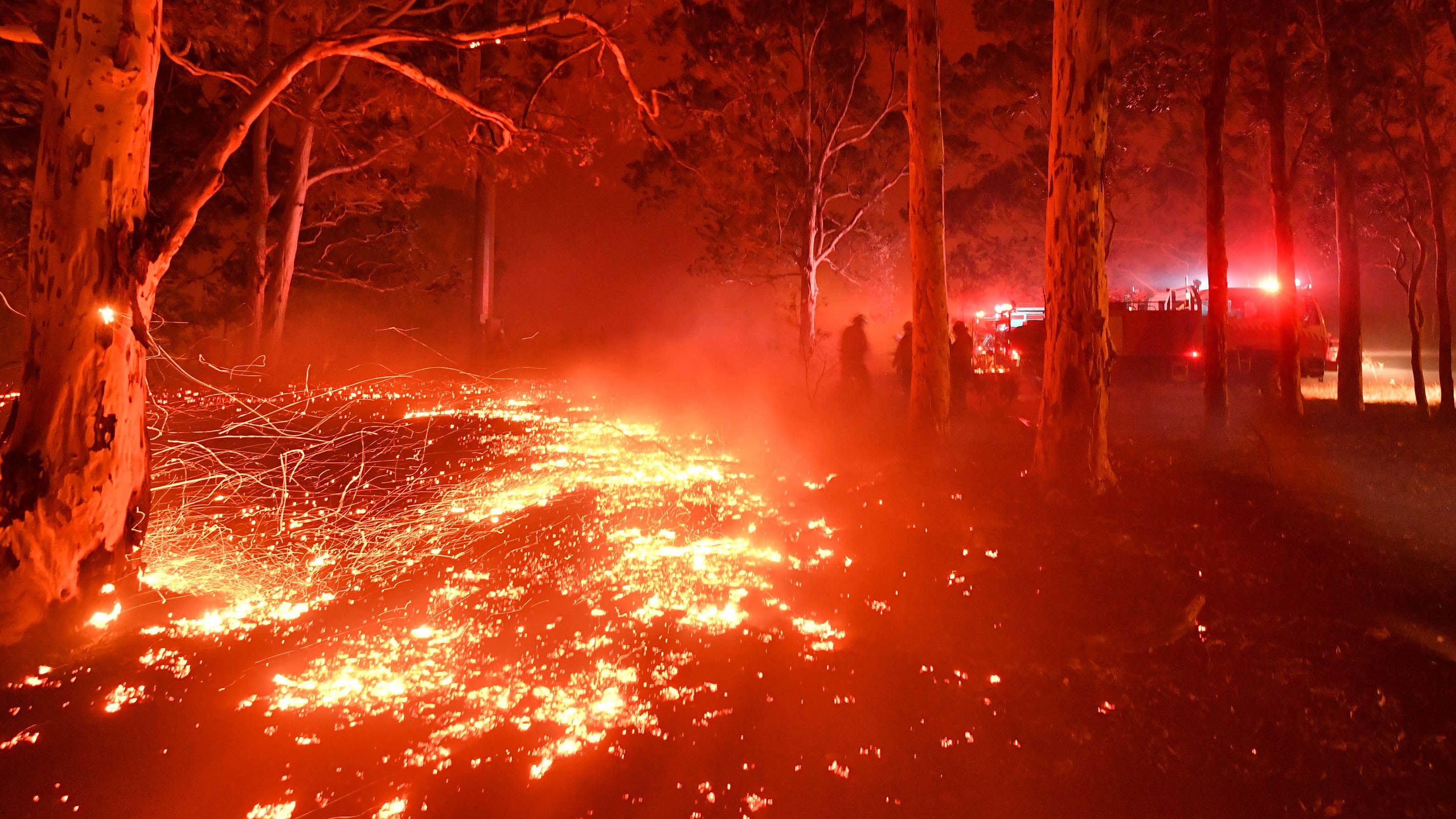Just How BAL Report Impacts Bush Fire Defense Actions
In the realm of bush fire defense, the Building Attack Degree (BAL) report stands as a critical device that significantly affects the security and resilience of buildings in fire-prone areas - BAL Report. The influence of a BAL assessment extends much beyond simple documents; it acts as the foundation for establishing the suitable construction standards and fire defense actions essential to mitigate the dangers presented by bushfires. As areas come to grips with increasingly serious fire periods, comprehending just how the BAL report forms these protective procedures becomes paramount for building contractors, homeowners, and policymakers alike
Understanding the Bushfire Assault Level

Relevance of BAL Report Assessment

Additionally, the BAL record assessment works as a fundamental action in abiding by legal responsibilities and demands related to bushfire defense. Local councils and authorities commonly mandate the submission of a BAL record as component of the planning and building authorization process to guarantee that homes are properly safeguarded versus bushfire risks. Stopping working to carry out a browse around here comprehensive BAL record analysis can lead to insufficient defense steps, leaving residential properties susceptible to devastating bushfire occurrences.
Construction Standards Based on BAL
An extensive understanding of the Bushfire Strike Degree (BAL) enables home proprietors to execute building requirements tailored to their certain threat account. Building requirements based on BAL are crucial in minimizing the impact of bushfires on buildings. The BAL rating categorizes the possible risk a residential or commercial property deals with during a bushfire on a range from BAL-Low to BAL-FZ (Flame Zone)
Executing Fire Security Steps
With the foundation of building and construction criteria based on Bushfire Strike Level (BAL) in place, the emphasis currently shifts towards the functional execution of fire protection steps to strengthen residential properties against bushfire hazards. Easy measures consist of using fire-resistant structure products, installing cinder guards on vents, securing spaces in walls and roof coverings, and maintaining a clear area around the building totally free from flammable greenery. By incorporating both passive and energetic methods, buildings can substantially minimize their vulnerability to bushfire occurrences and enhance the safety and security of passengers.
Safeguarding Homes Against Bushfires
Effectively guarding homes against the damaging effects of bushfires requires a aggressive and detailed strategy to fire security actions. In addition, sealing spaces and vents to stop ash invasion, as well as including fire-resistant doors and home windows, can aid fortify the home's protection versus More Bonuses bushfires. By welcoming a proactive position and incorporating these safety procedures, home owners can significantly increase their possibilities of guarding their homes versus bushfires.
Verdict
In verdict, the Bushfire Assault Level (BAL) record Bonuses plays an important duty in establishing the needed protection procedures against bushfires. Carrying out fire defense actions based on the BAL record is crucial in protecting properties from prospective bushfire hazards.
In evaluating bushfire risk to properties, comprehending the Bushfire Attack Level (BAL) is a crucial part for executing effective protection actions. Generally, a clear understanding of the Bushfire Strike Level is vital for carrying out ample defense steps and mitigating the influence of bushfires on properties.
